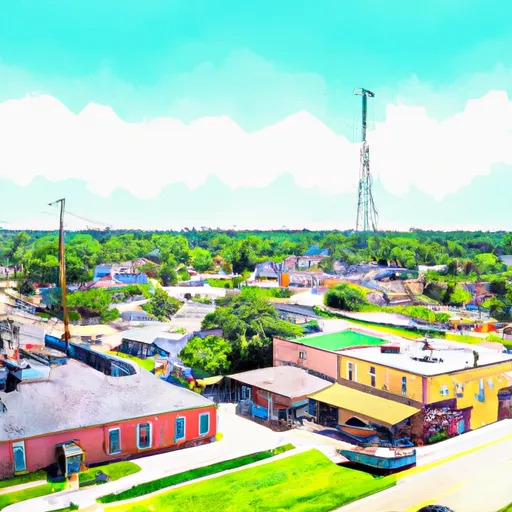°F
°F
mph
Windspeed
%
Humidity











Fluker, Louisiana is a small town located in Tangipahoa Parish. The climate in Fluker is subtropical, with hot and humid summers and mild winters. The hydrology constituents in Fluker consist of creeks and streams, including the Tangipahoa River which runs along the western edge of the town. Outdoor recreation opportunities in Fluker include fishing, boating, and hunting, with several public access points located along the Tangipahoa River. Additionally, there are several nature trails and parks in the surrounding area, including the Tickfaw State Park and the Bogue Chitto State Park. Overall, Fluker offers a variety of opportunities for outdoor enthusiasts to explore the natural beauty of Louisiana.
Weather Forecast
Fluker receives approximately 1635mm of rain per year, with humidity levels near 89% and air temperatures averaging around 19°C. Fluker has a plant hardyness factor of 8, meaning plants and agriculture in this region tend to thrive here all year round.
Regional Streamflow Levels
14,900
Cubic Feet Per Second
2,020
Cubic Feet Per Second
2,680
Cubic Feet Per Second
146
Cubic Feet Per Second
Nearby Camping
| Camping Area | Reservations | Toilets | Showers |
|---|---|---|---|
| Percy Quin State Park | |||
| Mississippi Petrified Forest | |||
| Lake Lincoln State Park | |||
| Tickfaw State Park | |||
| Pere Marquette State Park | |||
| Washington State Park |



